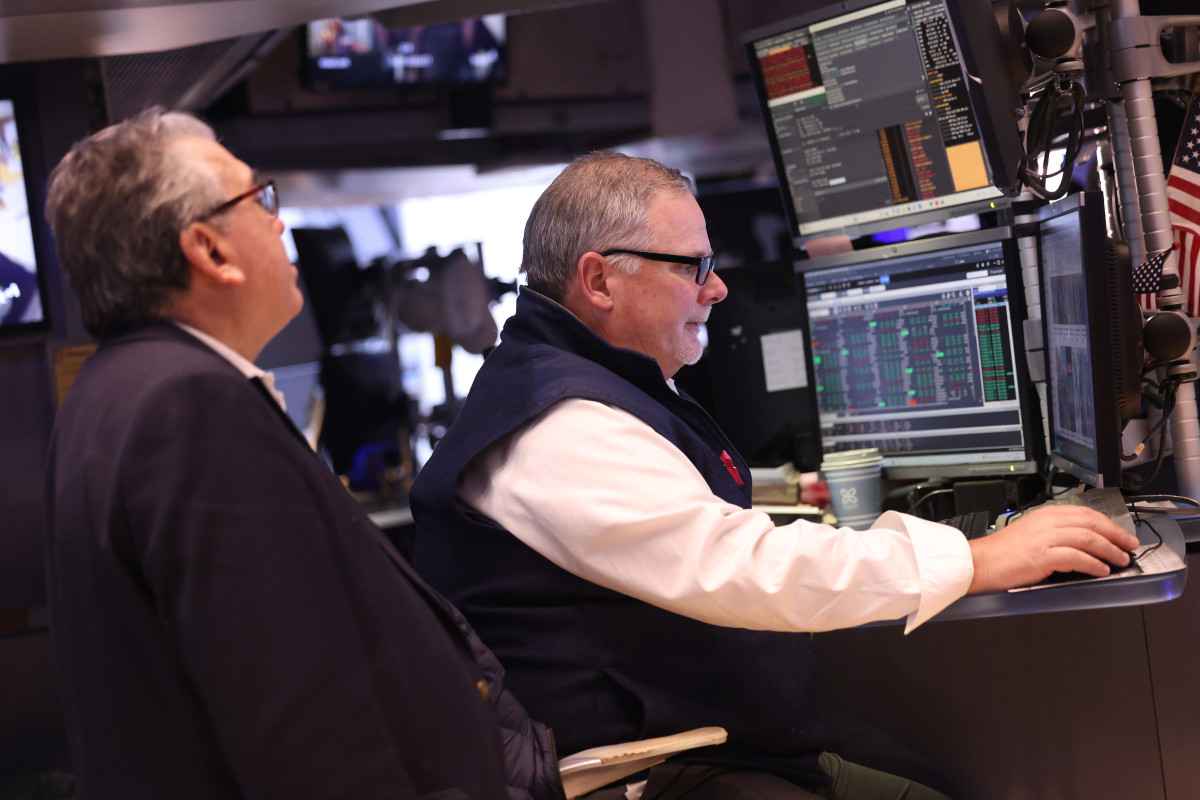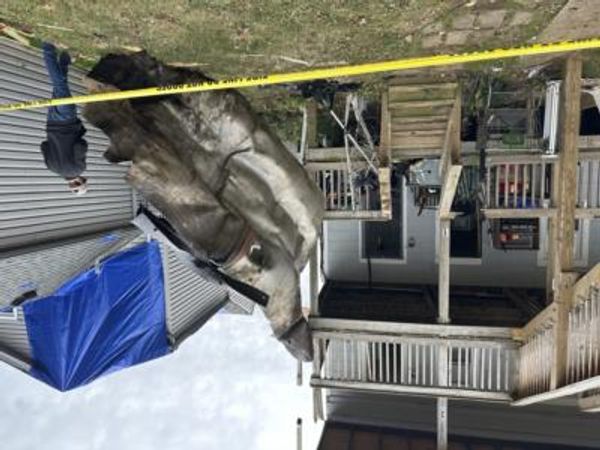
Yes, the stock market has stumbled. Ok, it fell with a thud on Wednesday (July 17), and Thursday (July 18). The Wednesday slump was the S&P 500's biggest one-day loss since April.
The question is if the selling hit on these two days is just something that happens or something more serious.
The betting right now is a summer slump is here, but history suggests a rally in the fall. Why? Election years are often good for stocks.
Related: Stocks face summer slump as tech rally fades, political risks rise
So far, the S&P 500 is down 2.2% since July 16. The Nasdaq Composite is off 3.5%. The Nasdaq-100 Index is off 5.6%.
The Dow Jones industrials slipped 0.7%.
But all are up this year: 16% for the S&P 500 after Thursday. The Nasdaq Composite is up 19%.
Rapid runups can cause problems
So, should stocks be falling?
Yes, if a couple of key indicators are to be believed, particularly the relative strength index (RSI). This measures an index's recent changes against earlier changes.
An RSI level above 70 suggests an index (or a stock or commodity) is overbought. Over 80, it is very overbought and ready to fall back. What triggers the selling can be anything:
- Global tensions.
- A business crisis.
- A series of computer alerts to trading desks around the world.
The S&P 500, Nasdaq and Nasdaq-100 had been hovering at or near 80 for the first seven days of July.
A second surge occurred a week or so later as techs stocks like Apple (AAPL) and Meta Platforms (META) and semiconductor stocks, especially Nvidia (NVDA) and Advanced Micro Devices (AMD) , soared to record levels.
Then, a lot of investors decided it was time to sell.
Fact is, stocks and indexes regularly fall back, and its does take time before the selling pressure eases. Sometimes with a short but intense tumble, sometimes several times in a year.
In the fall of 2018, as Donald Trump and the Fed argued about interest rates, the S&P 500 fell nearly 19%, but the tiff was resolved, and the index jumped nearly 29% in 2019.
More Expert Interviews:
- Fund manager at $15B firm picks auto stock as single best trade
- 3 midcap growth stock ideas from a $225 million fund manager
- Rotational Reverberations Roil Wall Street

But then there are the brutal pullbacks. During the Great Recession of 2008-09, the S&P 500 fell 38.5% in 2008. It fell another 25% in 2009 into March. Finally, the market turned, ending the year up 23.5%.
So, if you're wondering what, if anything, to do, the short answer is be patient, unless you need to preserve your wealth. The bottom will come.
Related: Analyst revisits Tesla stock price target ahead of Q2 earnings
Maybe your mutual fund or your Nvidia profit is so big it's time to take some profit off the table and look for new opportunities.
Here are important signals to watch for so you can attack the question.
Relative strength index. If 70 tells you an index or stock is overbought and 80 says a fall is certain, look to see if the index falls close to or below 30. At 30 or lower, the index or stock is oversold and is ripe for a rebound. In March 2020, ahead of the easing of the Covid-19 pandemic, the S&P's RSI hit 20. And then the index — and the entire market — took off. The Nasdaq-100's RSI hit 80.2 on July 11, and the index has fallen more than 4% since.
That second bounce. At some point, a stock, an index or an ETF hits what seems to be a bottom and bounces up. Wait before jumping in. Often, your target falls back after that initial bounce loses strength. The second bounce is the confirmation of a real bounce
CNN Fear and Greed Index. Available here. This was developed by Bruce Kamich, now editor of theStreet.com Pro, some years ago. The index tracks and seven indicators to gauge the mood of U.S. markets. Right now, the index suggests the overall mood is neutral.
CBOE Volatility Index. Popularly called VIX, this is a component of the CNN Fear and Greed Index, but it is widely watched by professional investors everywhere. The index is a measure of the volatility in the S&P 500. A rapidly rising index is usually a warning. In 2023, it shot up from 12-to-13 to 22 as interest rates rose sharply. It fell after the Federal Reserve started to talk about cutting interest rates. Likewise, a VIX level below 10 suggests investors are complacent. This can be found on Yahoo Finance, The Wall Street Journal, Bloomberg and other sites.
50-day moving average. Easily found on financial sites. Keep an eye on an index or stock as its price nears this average. Investors are confident if the index or stock is above its 50-day average. As of Thursday, the S&P 500, Nasdaq, Nasdaq-100 and the Dow were trading above their 50-day averages.
Put-call ratios. These are another gauge of investor confidence. A put option is a contract to sell a stock or an index at an agreed-upon price. A call option is a contract to buy at a specified price. The higher the ratio, the more bearish the investor mood is. A reading of 0.7 is considered the neutral level. Below 0.7 is an optimism signal. As of Thursday, the put/call ratio on stocks overall was around 0.6, or modestly bullish, according to Chicago Board Options Exchange data. On indexes, the put/call ratio was 1.6, a bit bearish.
Related: Veteran fund manager sees world of pain coming for stocks







